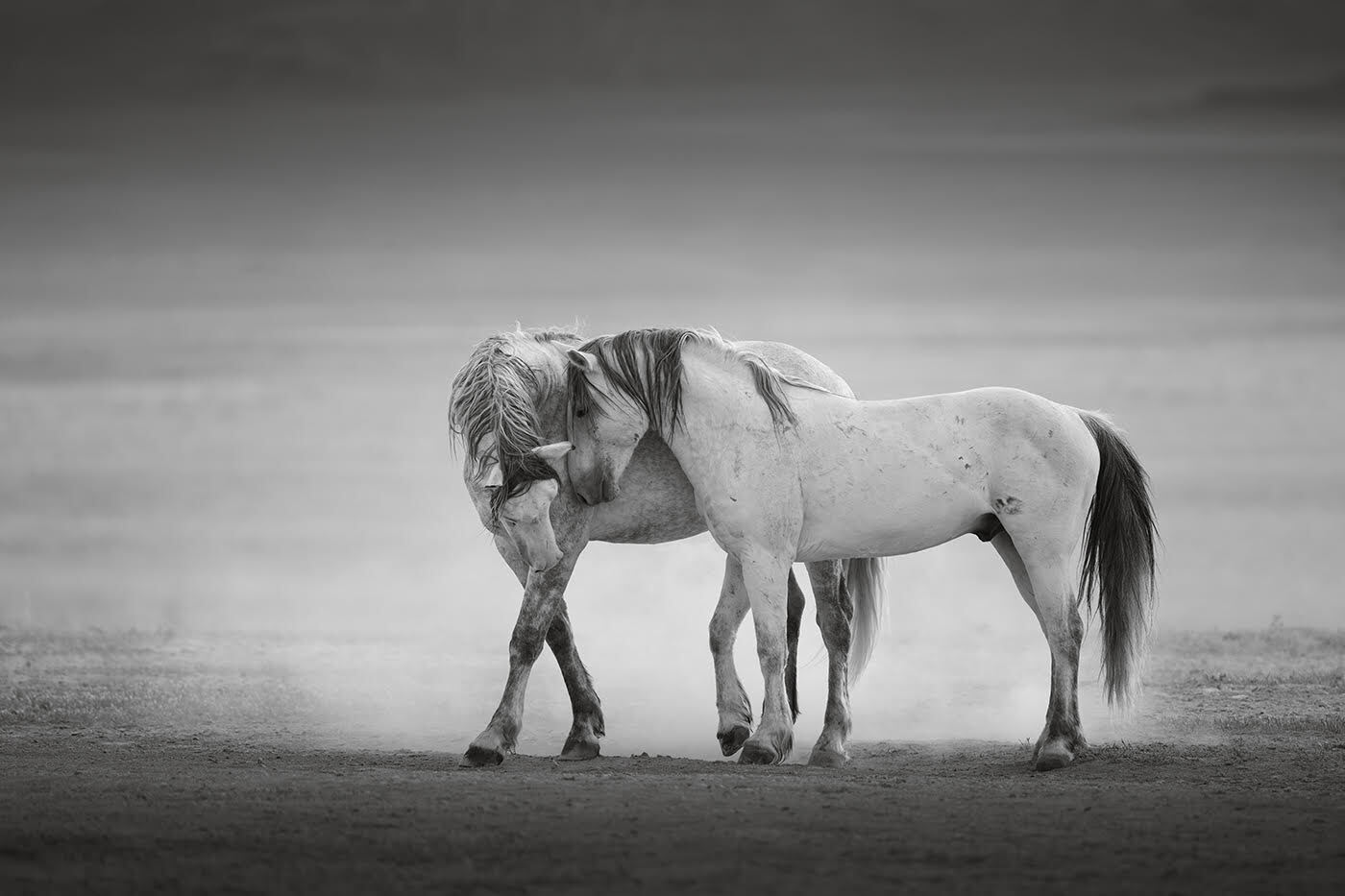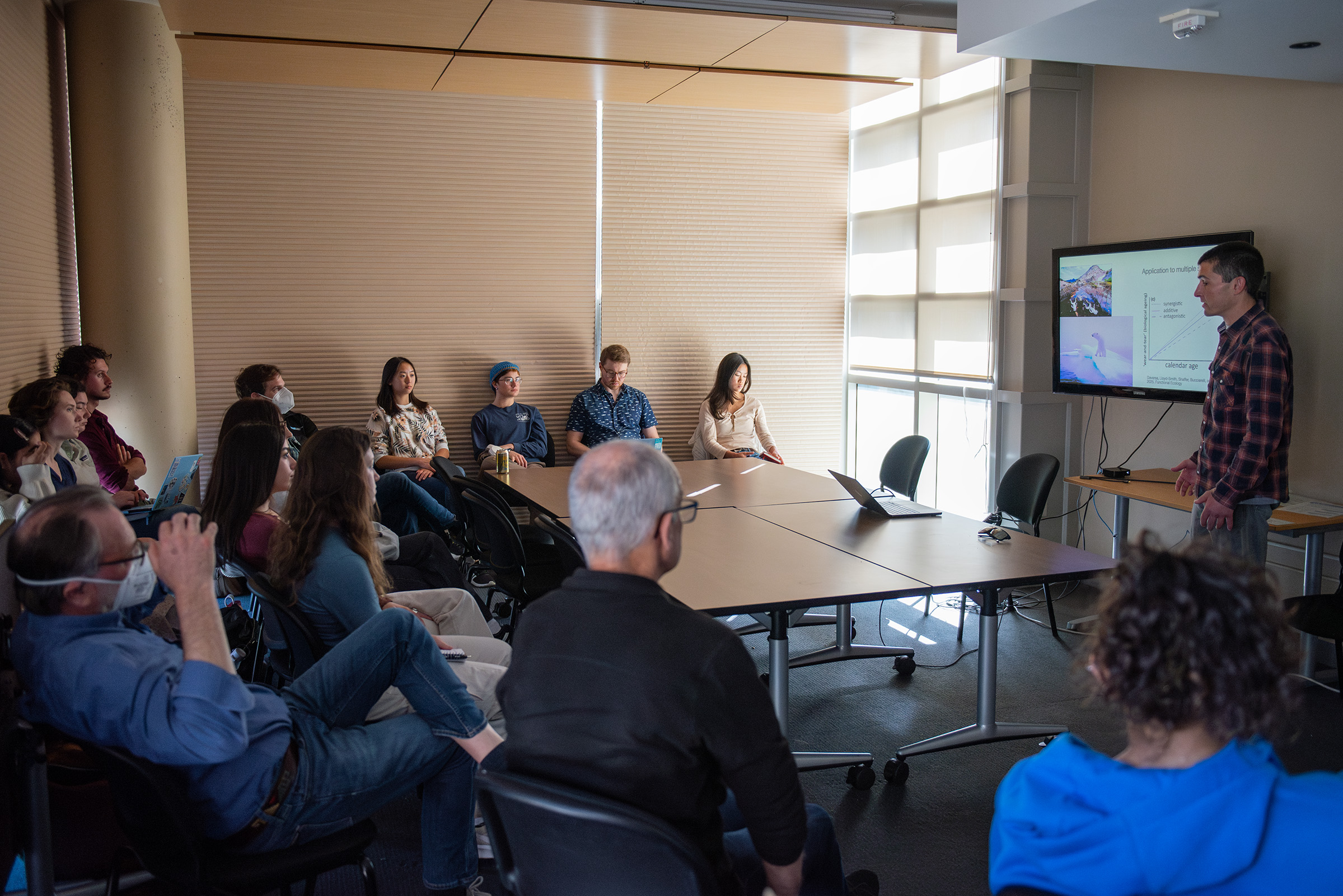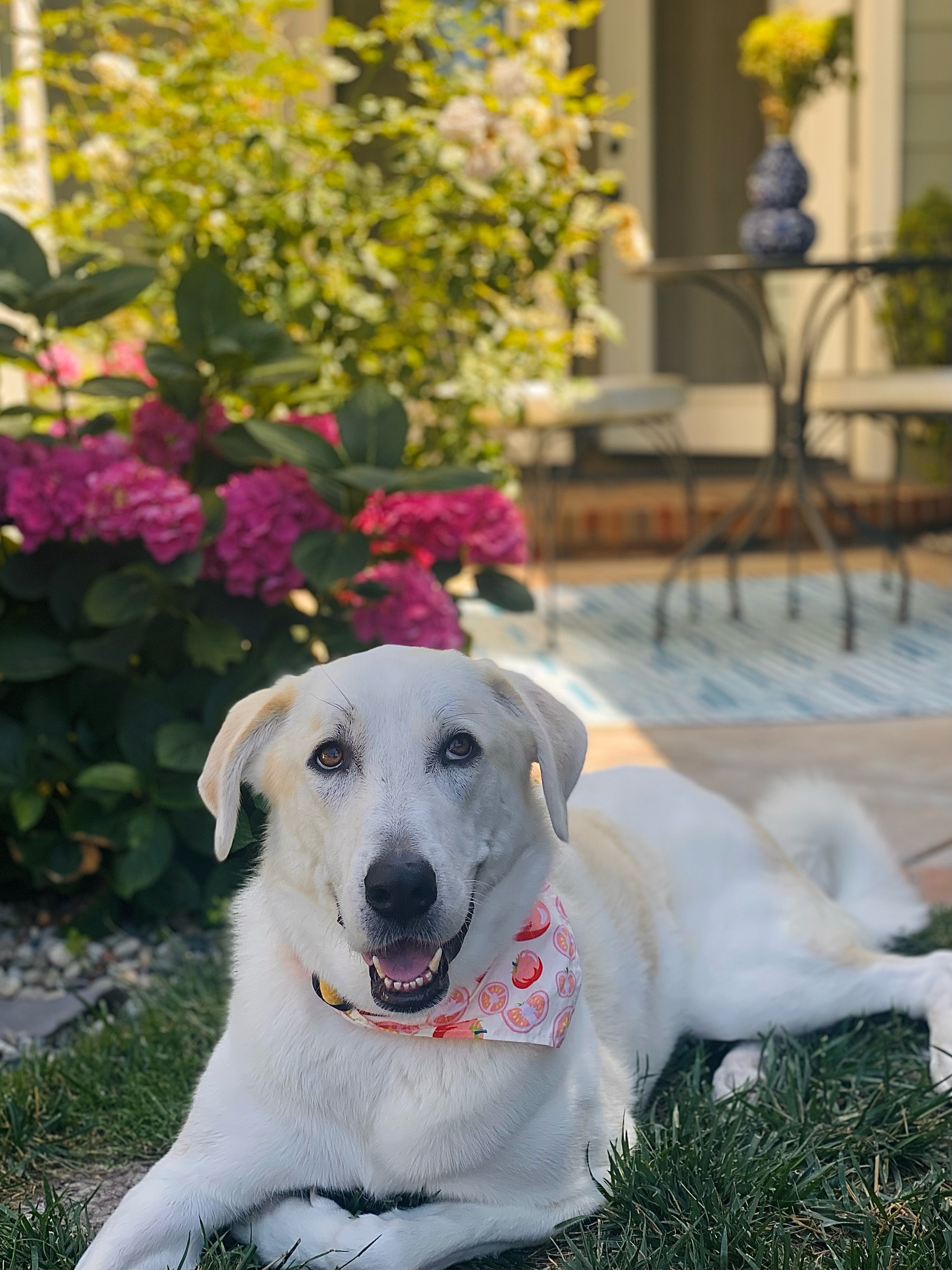Opinion: Wild horses are being mistreated and slaughtered. It’s our job to protect them.

Two wild horses are pictured standing together near the Onaqui Mountains in Utah. (Courtesy of Maria Marriott)
By Kirsten Brehmer
April 27, 2025 11:49 a.m.
This post was updated April 22 at 9:23 p.m.
It’s easy to lose sight of untouched nature in a city like Los Angeles.
Helicopters and airplanes often look like birds, freedom from traffic often seems impossible and skyscrapers are the giants of this concrete jungle we live in.
It’s hard to even imagine wild horses existing in a world that, at times, feels so human-made and commercialized. Roaming free, they are the epitome of how wildlife can still thrive.
That is, if we let them.
Maria Marriott, an award-winning wild horse photographer and artist, said in an emailed statement that following and photographing wild horses has led her to the realization that many of their qualities – whether that be their familial bonds, sense of trust and protection for one another, or their pure determination and grit – are found in the human experience too.
“Human beings have this kind of elemental, almost spiritual connection to horses, because we’ve been partners for so long,” Ashley Avis, a filmmaker, writer and advocate for wild horses, said. “They helped us build our world, they helped us build this country, they helped us fight wars, they stood beside us.”
Avis is the founder and president of the Wild Beauty Foundation, which works to protect wild horses, wolves and other wildlife by creating public awareness through film and education. In 2023, Avis and her team released the documentary “Wild Beauty: Mustang Spirit of the West,” a film that emphasizes the current dangers horses face in the wild.
The reality is that wild horses and burros are in danger. Their populations are dwindling, and it’s not because resources are low or they are getting sick. Rather, it’s because we are actively taking away their freedom.
Federal law defines wild horses and burros, which are free-roaming donkeys, as unclaimed and unbranded horses found on public lands.
Most people are unaware that wild horses are being rounded up by the government and held in captivity, Avis said.

In accordance with the Wild Free-Roaming Horses and Burros Act of 1971, the Bureau of Land Management and United States Forest Service manage wild horses on federal lands. Population reduction and removal of wild horses are handled by these two government agencies when animal populations are deemed too large to sustain.
“The BLM, since they started managing wild horses, has just managed them in the most cruel and costly way,” Amelia Perrin, American Wild Horse Conservation‘s senior communications manager, said. “They don’t put any care towards managing these iconic animals as a natural resource on our public lands – but instead often are caving to private interests in removing wild horses from our public lands to make room for private cattle and other extractive uses.”
Our taxes fund the inhumane, brutal helicopter roundups that are both physically and psychologically traumatic for horses and foals. During roundups, herds are chased extremely long distances, causing stress, severe dehydration, injuries and sometimes death.
When the BLM does this, they use helicopters to funnel wild horses and burros into holding facilities, which currently hold 68,000 of the animals, Perrin said.
Because public observation is not permitted at these facilities, there is no way to make sure these horses are being treated humanely.
Additionally, rounding up horses is not a cheap operation for the public. In 2021, it cost taxpayers about $78 million to care for caught wild horses and burros.
“Seeing pregnant mares running heavily, gestating their babies, or these tiny little foals stampeded to death and running their hooves off, and you think, ‘I’m paying for that, and I don’t know,’” Avis said.
Wild horses embody everything humans care for, Perrin said. When we separate them from their families and their freedom, we’re separating them not only from what they care for, but what we care for as well.
“The most effective solutions have to include a combination of actions (birth control, leasing of public lands, less control of horse’s natural predators, etc.) that contribute to the lowest number of wild horses being rounded up and living in captivity as possible,” Marriott said in the statement.
Often ignored is the scientifically proven positive impact wild horses have on the ecosystems of our public lands. Wild horses spread seeds, which can survive their digestive process, over the large areas they roam, while also helping to fertilize the soil.
Our society is having a profound moment of disconnect with nature, Avis said. This mindset is dangerous at a time of rapid changes in climate and growing threats to species across the globe, including wild horses.
In a time when the world seems to be increasingly susceptible to natural disasters, why are we harmfully reducing the populations of animals that can help protect our natural environments?
Not too long ago, the BLM was incentivizing individuals to adopt through their Adoption Incentive Program, although a federal district judge temporarily halted the program March 3.
Despite its seemingly noble intention in encouraging horse adoptions, the AIP left wild horses vulnerable to being sold into the slaughter pipeline by kill buyers.
“People come in, whether it’s an individual or family members, and they’ll adopt a truckload, and they’ll flip those horses into slaughter, into the pipelines of Mexico or Canada, where our federally protected icons are meeting unimaginable fates,” Avis said.
Horses that are bought for slaughter are usually shipped out of the U.S. to countries where there are markets for horse meat. Transported in horrific conditions, these horses often lack water, food, rest and any space to move, before being inhumanely slaughtered, according to the American Society for the Prevention of Cruelty to Animals.
Horse slaughter is currently illegal in the U.S., although this ban is not permanent and must be reviewed annually by Congress.
There is nothing legally stopping the transportation of live equines across U.S. borders to slaughter plants, and a federal law that permanently bans this act needs to be enacted.
The Save America’s Forgotten Equines Act stands for exactly that.
Small changes are being made, but more attention needs to be brought to the plight wild horses are facing in today’s world where we often leave what goes unseen unheard.
“What I’ve come to realize is that, without a voice, wild horses will always come out on the losing end,” Marriott said in the statement.
Wild horses and burros are living symbols of American history and cultural heritage, and they deserve to be recognized.
“How they persist despite unendurable odds, and how they are completely free, it isn’t difficult to see them as representatives of freedom and the best of the American spirit,” Marriott said in the statement.
By protecting the freedom of wild horses, we are also protecting the freedom of nature. The wild is something we know humanity can live harmoniously with.
“We have to step outside of ourselves and realize that there’s something greater that we need to do that’s beyond us,” Avis said. “In recognizing that, we find our way back to the connection to our wild world.”
Just because we live in a metropolitan hub of orderly human chaos doesn’t mean the wild isn’t calling.
Because it is, and wild horses are asking us to listen.



